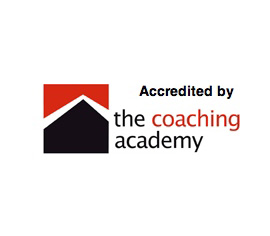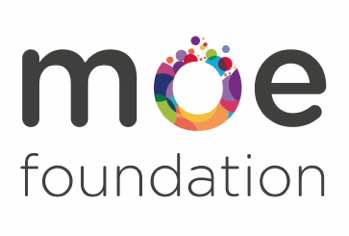More Effective Leadership

The Impact of Time to Think for more Effective Leadership
In today’s fast moving environment we hardly have time to think or even breathe! Decisions can be made quickly with very little discussion, deliberation or debate. However decisions that have a big impact and long term consequences need more space for consideration, intentionality and purposefulness. Mindfulness demonstrates the importance, in fact the necessity of slowing down to speed up.
Nancy Kline’s work aptly called ‘Time to think’ provides a valuable framework to create a thinking environment. Ten components transform our meetings, coaching, mentoring, facilitation and treating each other well. Decisions you make serve the long term direction of the organisation. You feel valued, and your contributions while diverse are acknowledged. You appreciate your fellow participants at the meetings and show mutual respect during the meeting proceedings. Participants do not cut people off as they share their thoughts, but listen attentively, knowing they will get a turn. When these components are built into the Code of Conduct they become the way business is done at every level of the organisation.
The Chair’s role is fulfilling and accomplishes more, as facilitation becomes easier. Board members, staff and volunteers as members of a team, play different roles, and complementary roles feel affirmed and nurtured. Contributions and expectations are clear. Encouragement keeps things going even when things get challenging. Information is not withheld. The setting for meetings is conducive to sharing. The internal systems are effective and efficient. Does it mean that everything is perfect and that there are no differences of opinion or sore points? Not at all. This is real life! In the thinking environment, there is a place for resolving differences should they arise. The bottom line is that in the thinking environment, everyone counts, everyone is valued, everyone wins!
10 components of a thinking environment
- Attention: Listening with respect, interest and without interruption.
- Equality: Treating each other as thinking peers. Keeping agreements and boundaries
- Ease: Offering freedom from internal rush or urgency uses ease to create and build.
- Appreciation: Offering genuine acknowledgement of a person’s qualities. Practicing a 5:1 ratio of appreciation to criticism.
- Encouragement: Giving courage to go to the cutting edge of ideas recognising that to be ‘better than’ is not necessarily to be good.
- Feelings: Allowing sufficient emotional release to restore thinking.
- Information: Supplying the facts. Facing what you’ve been denying leads to better thinking.
- Diversity: Welcoming and honouring divergent thinking and diverse group identities. Recognising that reality is diverse, enriching, creative and innovative.
- Incisive questions: Removing assumptions that limit our ability to think for ourselves clearly and creatively. Restructure your time to achieve the results you want.
- Place: Creating a physical environment that says to people ‘You matter’






